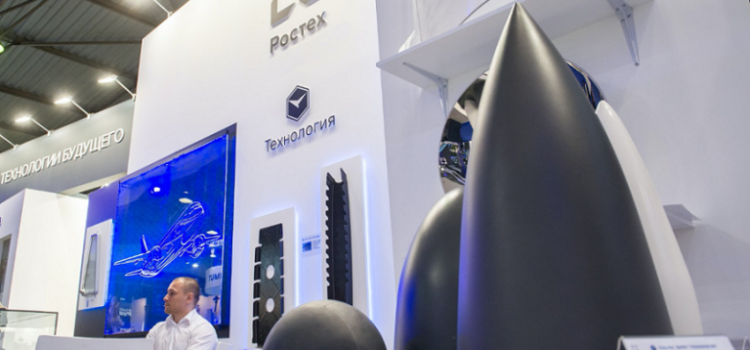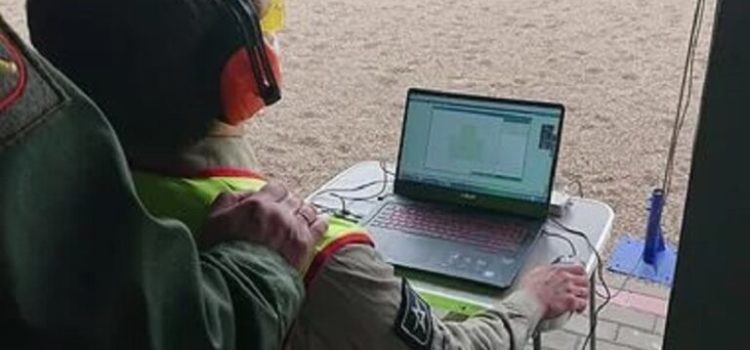
The events are part of the celebration of the Victory Day of the Soviet people in the Great Patriotic War.
With the support of Rostec State Corporation in Singapore, the Center for Overseas Promotion of Russian Hi-Tech Companies and Presentation of Investment Projects hosted a series of events to celebrate the Victory Day of the Soviet people in the Great Patriotic War.
Nikolay Volobuyev, Chairman of the Russian-Singaporean Business Council and Deputy Director-General of Rostec State Corporation, welcomed the guests: “The 9th of May is a sacred day for all of us, a national holiday. The USSR, China, and Southeast Asian countries suffered millions of casualties during World War II. The soldiers and commanders of the Soviet army showed courage, bravery, valor, a burning feeling of love for their home country, defending our land during the Great Patriotic War and they are an example for all of us.”
Visitors can view the exhibition “Armed with Love. Artists at War,” “Women at War. 1941-1945,” take part in the “Children of War. To Remember” historical interactive event and watch the Russian feature film “Pilot.” The exhibits feature stories about performing artists who joined the regular troops of the Red Army and concert brigades who fought in the Great Patriotic War, and about the heroism of Soviet women at the front lines.
The permanent exhibition at the Center’s premises has seven functional zones, including static and digital zones, as well as AR- and VR-spaces. More than a hundred Russian high-tech companies and investment projects are presented at the exhibition, spreading across more than 800 square meters. High-tech products and services of the enterprises and organizations of Rostec State Corporation make up the major share of exhibits.
The Center for Overseas Promotion of Russian High-Tech Companies and Presentation of Investment Projects was opened by the Russian-Singapore Business Council in 2018 with the support of Rostec State Corporation and is the largest Russian permanent exhibition and negotiation area in the Asia-Pacific region.
The event was organized by the Russian-Singaporean Business Council in cooperation with the Embassy of the Russian Federation in the Republic of Singapore, the Rossotrudnichestvo representative office in the Republic of Singapore, and the Russian Military Historical Society.
The thematic exposition of the exhibition will be available to visitors until the end of May and is open for the general public.











